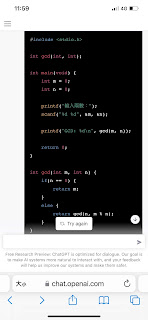回顧十年
(繁體中文版)
2012
Alexnet, big bang of AI
Toronto University
ImageNet with 14 m images
Error 25 down to 15 %
G4 GTX nvidia
CNN
Alex krizhevsky
Llya sutskever
Geoffrey Hinton
2013
Alex, Geoffrey found DNN
Sold to Google
Used to power social media feed recommendations
YouTube
Instagram
Duopoly by Google and FB
2015
openai
Elon musk
Llya (left Google)
Andrej karpathy …
Found OpenAI
Image supervised
Language embedded structure (word learned by joint attention while language by self teaching)
2017
the transformer paper by Google
Attention is all you need.
Large amount of data needed
Computationally expensive n squared complexity
GPU came in
Parallel nature
OpenAI turned for profit
2018
ChatGPT 1
Predicting the next word in a sentence
2019
ChatGPT 2
$1 B from Microsoft
2020 ChatGPT 3
2021
Copilot
$2 B from Microsoft
2022 (FTX fell, triggering mass layoffs of big techs)
ChatGPT 3.5 (nov 30)
$10 B from Microsoft
2023 ChatGPT 4
Outlook
Data center, cloud computing
X86 Intel based CPU
80% of streaming video
GPU comes in, on chip RAM
Parallel computing, graphics, video
Data center as one computer
Questions
1. LLM = AI?
2. Do exams well, enough?
3. Infants, animals, nonverbal
Cognitive test
























